Retro Replay Review
Gameplay
Battleground 7: Bull Run builds on the solid tactical framework of its predecessors while introducing new depth through its dual major engagements. Players can command either Union or Confederate forces across two full-scale battles—First Manassas and Second Manassas—alongside smaller but pivotal skirmishes at Blackburn’s Ford and Brawner’s Farm. Each map is rendered on a hex grid, offering familiar turn-based strategy that emphasizes unit positioning, timing, and terrain exploitation. The inclusion of side battles enriches the overall campaign flow, giving commanders a chance to test different force compositions before the main engagement.
Unit management remains at the heart of the experience. Infantry, cavalry, and artillery all behave according to period doctrine: infantry squares can repel cavalry charges, artillery must be emplaced for optimal range, and mounted units can exploit flanks. The fog of war feature enhances realism, forcing reconnaissance and cautious advances. Command points are limited, so choosing when to make a bold push or hold the line becomes a tense strategic choice rather than a simple numerical advantage.
Scenarios vary in length and complexity. Quick “what-if” encounters at Blackburn’s Ford allow newcomers to grasp core mechanics in under an hour, while the full-scale First and Second Manassas battles can stretch into multi-hour campaigns. The AI provides a respectable challenge, adapting its tactics based on player moves. However, seasoned wargamers might find patterns after multiple playthroughs, so custom scenario editing and difficulty tweaks are essential for extending the game’s lifespan.
Graphics
For a mid-1990s release, Battleground 7’s graphics strike a fine balance between clarity and historical flavor. The hex-based map tiles are decorated with topographical detail—hills, forests, rivers, and roads—that impact movement and line of sight. Unit counters display easily readable stats, while color shading distinguishes brigade strengths. The result is a clean, functional interface that keeps the fog of war from obscuring vital information.
Battle animations, though modest by modern standards, add a layer of immersion. Infantry volleys and cannon blasts play out in brief cut-ins, reminding players of the period’s brutal combat. While troop animations are repetitive, they serve to break up the turn-based pace and reward successful maneuvers. Victory and defeat screens include contemporary illustrations of regimental colors and battlefield sketches, further drawing the player into the 1861–1862 era.
Customization options allow players to toggle graphical features on or off. High-resolution terrain overlays can be disabled to speed up play on older hardware, and the battle camera can be adjusted for zooming in on hotspots. Though the engine shows its age when compared to modern titles, its straightforward presentation minimizes visual clutter, focusing attention on strategy rather than flashy effects.
Story
Bull Run’s narrative is rooted in the dramatic unfolding of America’s first major military clashes. Briefings preceding each scenario provide historical context, unit strengths, and key objectives—mirroring official dispatches from Union and Confederate command. Players are not just clicking counters; they’re reenacting pivotal moments that shaped the course of the Civil War, from the initial surprise of First Manassas to the hard-fought endurance tests at Second Manassas.
Side battles at Blackburn’s Ford and Brawner’s Farm serve as prelude chapters, highlighting the reconnaissance missions and probing attacks that defined early Civil War tactics. These smaller engagements offer a more personal perspective, showcasing how miscommunication and underestimation influenced larger strategic outcomes. The storyline emphasizes the fog of war—both literal and figurative—reminding players that battlefield intelligence was often incomplete and unreliable.
While there are no voiceovers or cinematic cutscenes, the text-based journals and period illustrations convey a narrative texture that fans of military history will appreciate. The game’s scenario editor also empowers players to craft alternate histories—what if Confederate forces had pressed harder at Blackburn’s Ford, or if Union reinforcements had arrived sooner at Brawner’s Farm? This creative flexibility adds narrative replay value beyond the core campaigns.
Overall Experience
Battleground 7: Bull Run stands as a testament to thoughtful wargame design. Its blend of historical accuracy, scenario variety, and user-friendly controls make it accessible to newcomers while still satisfying purists. The inclusion of two major battles and two side engagements provides an ample sandbox for tactical experimentation, offering dozens of hours of strategic gameplay.
Replayability is boosted by adjustable difficulty settings, a robust scenario editor, and mod support that extends beyond the base content. Whether you’re fine-tuning orders of battle or crafting entirely new combat zones, the game encourages hands-on engagement with Civil War history. Multiplayer hotseat and email play also broaden the audience, allowing face-to-face rivalries or asynchronous challenges.
Though its graphics and sound design reflect the technology of its era, Bull Run remains a compelling package for history buffs and strategy gamers alike. Its steady learning curve, coupled with the depth of its turn-based mechanics, ensures that each playthrough feels fresh. For anyone interested in reliving America’s earliest pitched battles or exploring alternate Civil War outcomes, Battleground 7: Bull Run offers both educational insight and enduring tactical intrigue.
 Retro Replay Retro Replay gaming reviews, news, emulation, geek stuff and more!
Retro Replay Retro Replay gaming reviews, news, emulation, geek stuff and more!
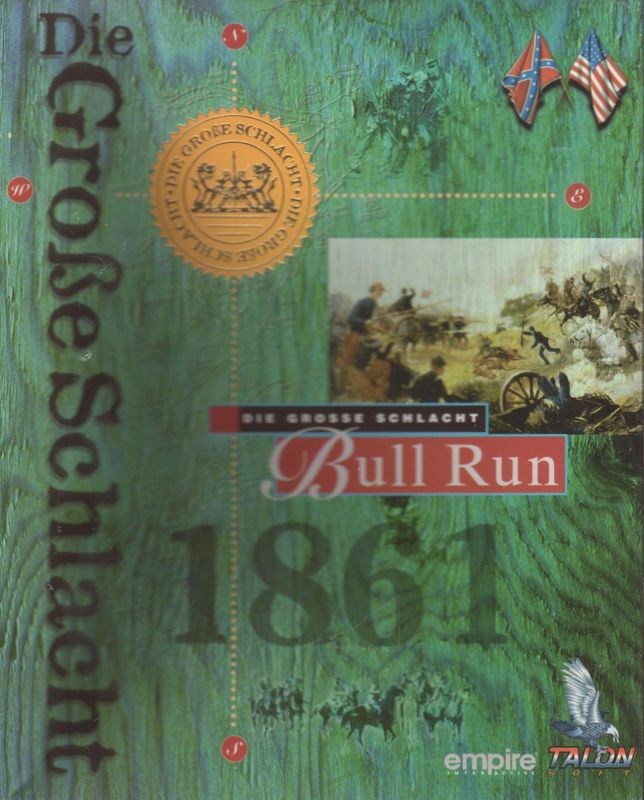
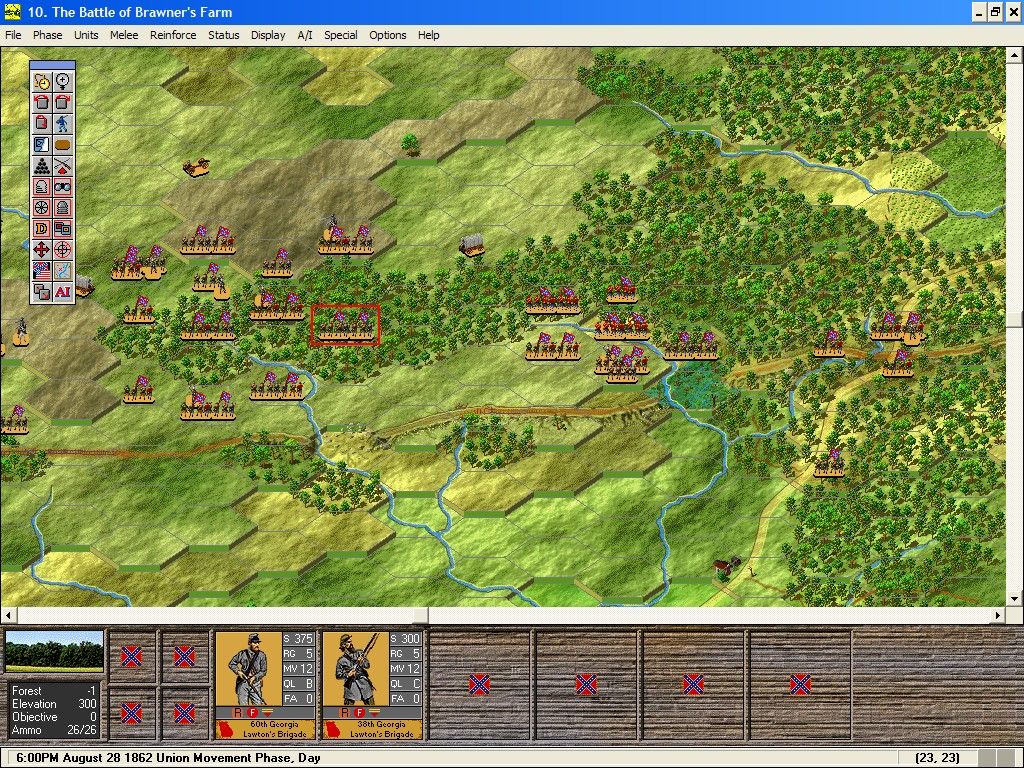
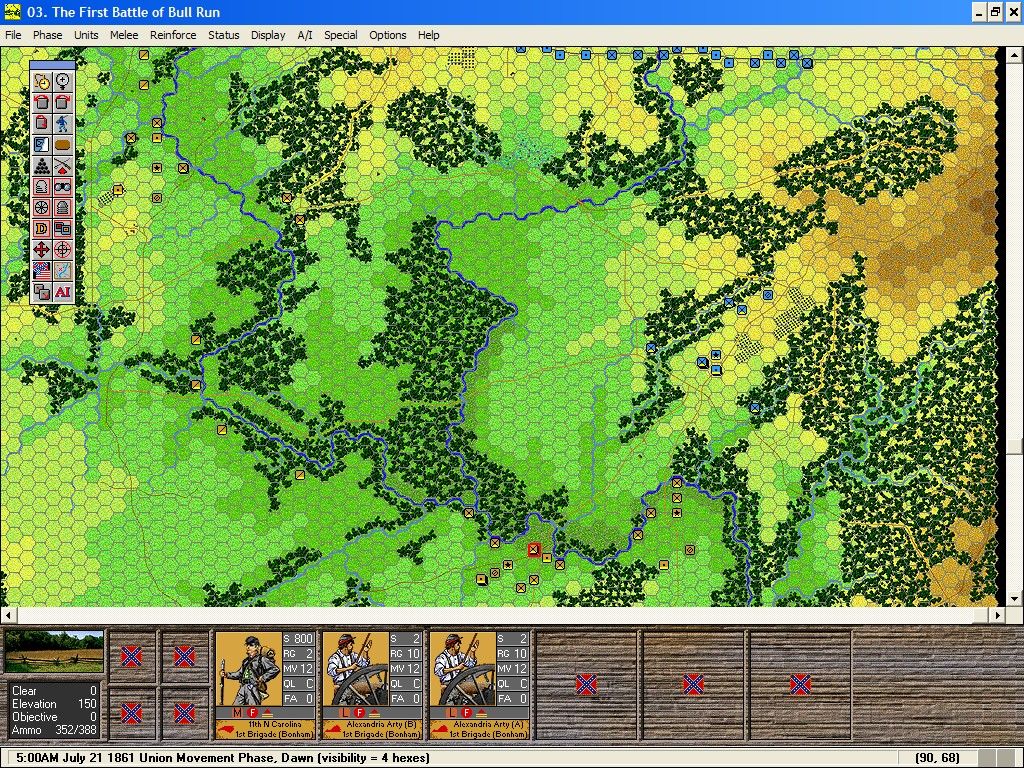
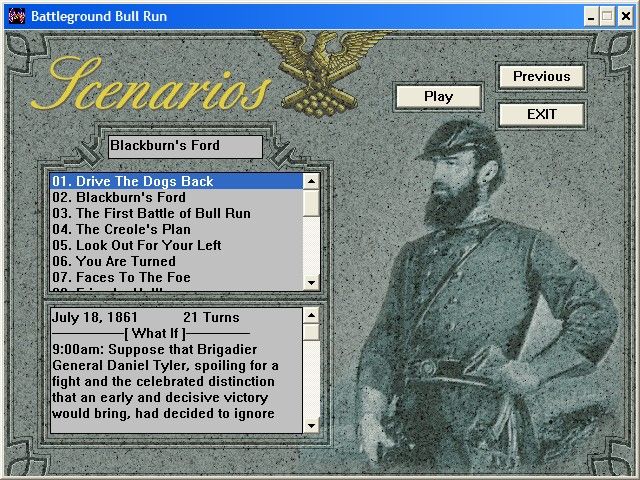
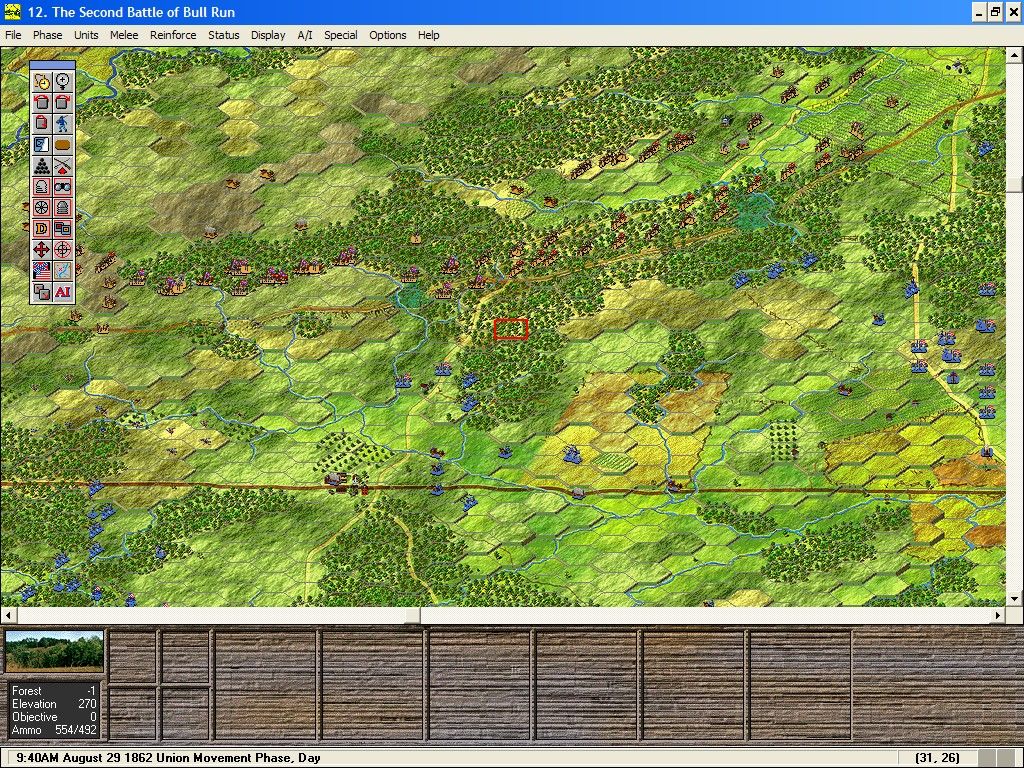
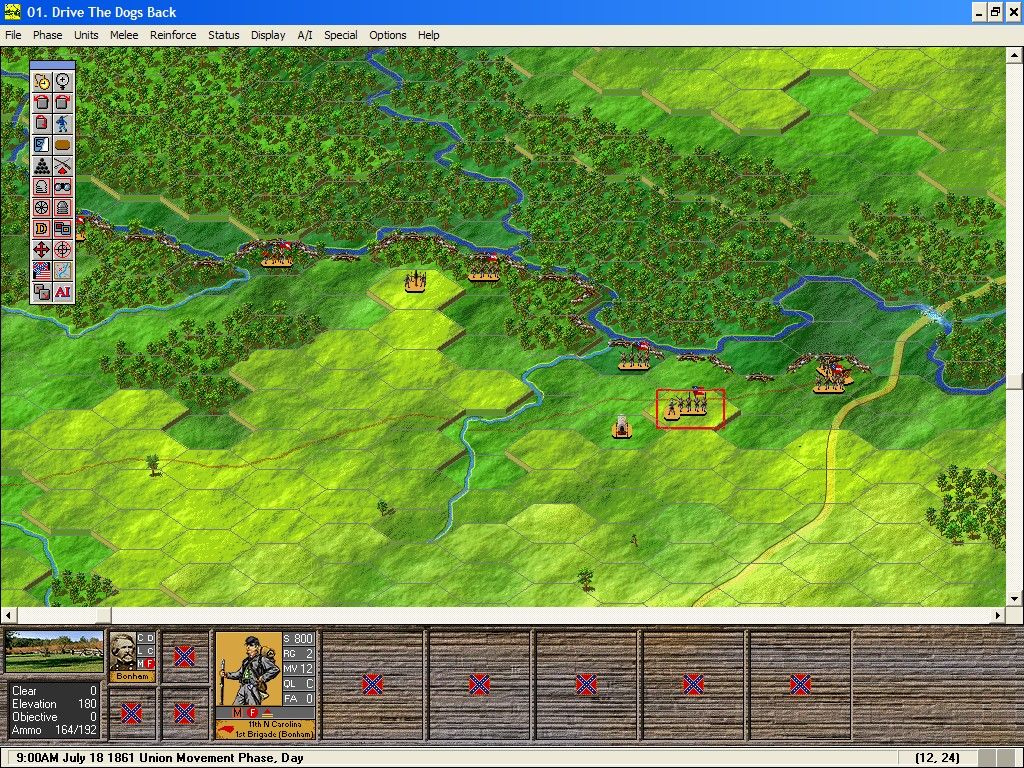



Reviews
There are no reviews yet.